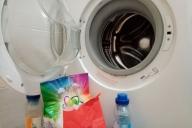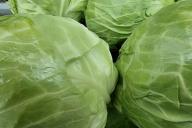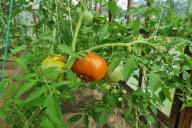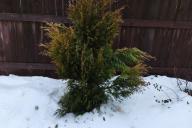The success of growing vegetables depends on how developed, healthy and strong the seedlings are.
However, even experienced gardeners can make mistakes that affect the health and development of plants at the initial stage of growth. Let's look at 7 common mistakes and learn how to avoid them.
Wrong choice of seeds
The mistake begins with choosing low-quality or old seeds, says the expert of the MOS SMI portal, scientist agronomist and landscape designer Anastasia Kovrizhnykh . It is in the seeds that the potential for plant growth is embedded. Most diseases are also transmitted with seeds. Therefore, you should worry about their treatment if the manufacturer has not done so.
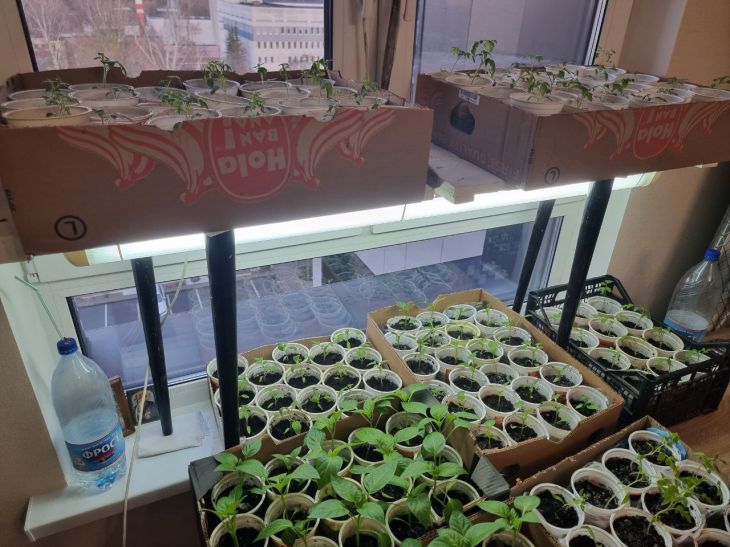
Buy seeds from trusted brands, pay attention to expiration dates and storage conditions. You should also study the characteristics of the plants. For example, pumpkin seeds are best planted after 2–3 years of storage, while onions or strawberries lose their germination capacity in the second year.
Insufficient or excessive lighting
Seedlings need sufficient light for normal growth. Mistake: insufficient lighting or, conversely, excessive lighting.
Solution: Use artificial lighting, adjust the length of daylight hours according to the requirements of the specific species.
Peppers, eggplants and tomatoes are most often grown as seedlings. These are southern plants and require a long daylight period (14–16 hours).
Incorrect temperature
Temperature fluctuations can negatively affect the growth of seedlings. If we consider peppers, eggplants and tomatoes, then for their normal growth it is necessary to maintain a temperature of about 16-18 degrees.
If you need to slow down growth, you should reduce the temperature to 14–15 degrees.
But cold-resistant plants need a lower temperature regime. A striking example is cabbage. For normal growth, 12 degrees is enough for it.
Incorrect watering
Monitor the soil moisture, use trays. Gardeners, especially beginners, are afraid of drying out seedlings, so they try to water them in such a way that the soil is always moist.
But the real danger lies in over-watering. This is what causes root rot, disease development, and the soil to be infested with flies.
The soil in the pots should dry out between waterings. If you really want to water your charges, but have doubts, spray them with water on the leaves. And water them under the roots a little later.
Failure to comply with the rules of picking
Pricking out is the process of transplanting a plant into a new container with damage to the root system and pinching off the tip of the root.
The first picking is carried out when 2-3 true leaves appear. Tomatoes easily tolerate this procedure, as they actively form new roots. But peppers and eggplants are not so loyal to damage to the root system, so try to transplant them by digging them up with a lump of earth.
Cucumbers, pumpkins, and squash are not pricked out at all.
Using unsuitable soil
A big mistake is poor quality or unbalanced soil. This can lead to growth inhibition, lack of nutrition, diseases and even death of plants.
Use specialized mixtures or prepare your own composition taking into account the needs of crops.
Making your own soil mixtures is not an easy task. It is much easier to buy ready-made soil created for specific plants.
Insufficient attention to protection against diseases and pests
Lack of prevention can lead to diseases and damage to seedlings by pests. Regularly inspect plants, use protective equipment.
Soil midges, whiteflies, spider mites, thrips – these pests can appear from an open window, move from indoor flowers or fly into an apartment through ventilation from neighbors.
Pathogens are found on seeds, in soil and in the air. At the slightest suspicion of damage, the plants should be treated with special preparations.
By avoiding these seven mistakes, you will create favorable conditions for the healthy and strong growth of your seedlings, which will ensure a bountiful harvest in the future.
Previously we wrote about how to grow gladioli .



